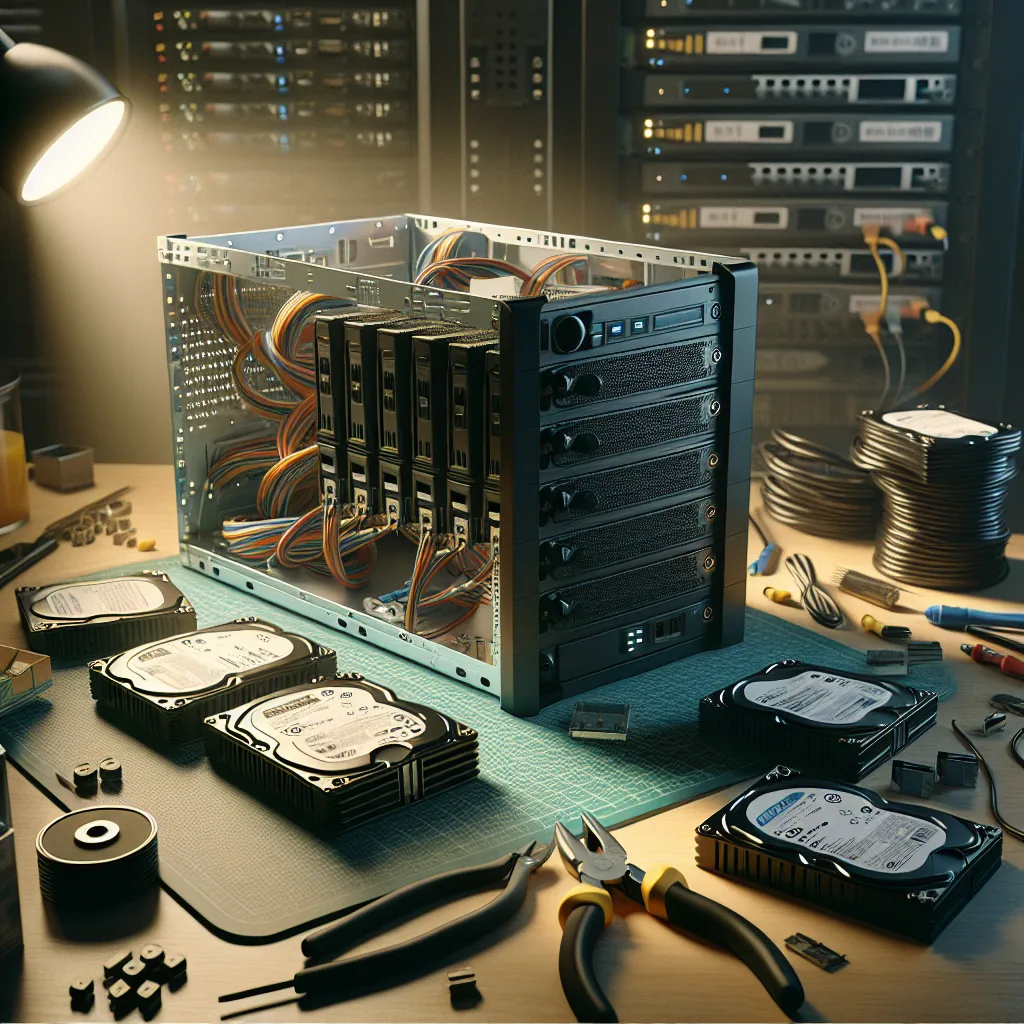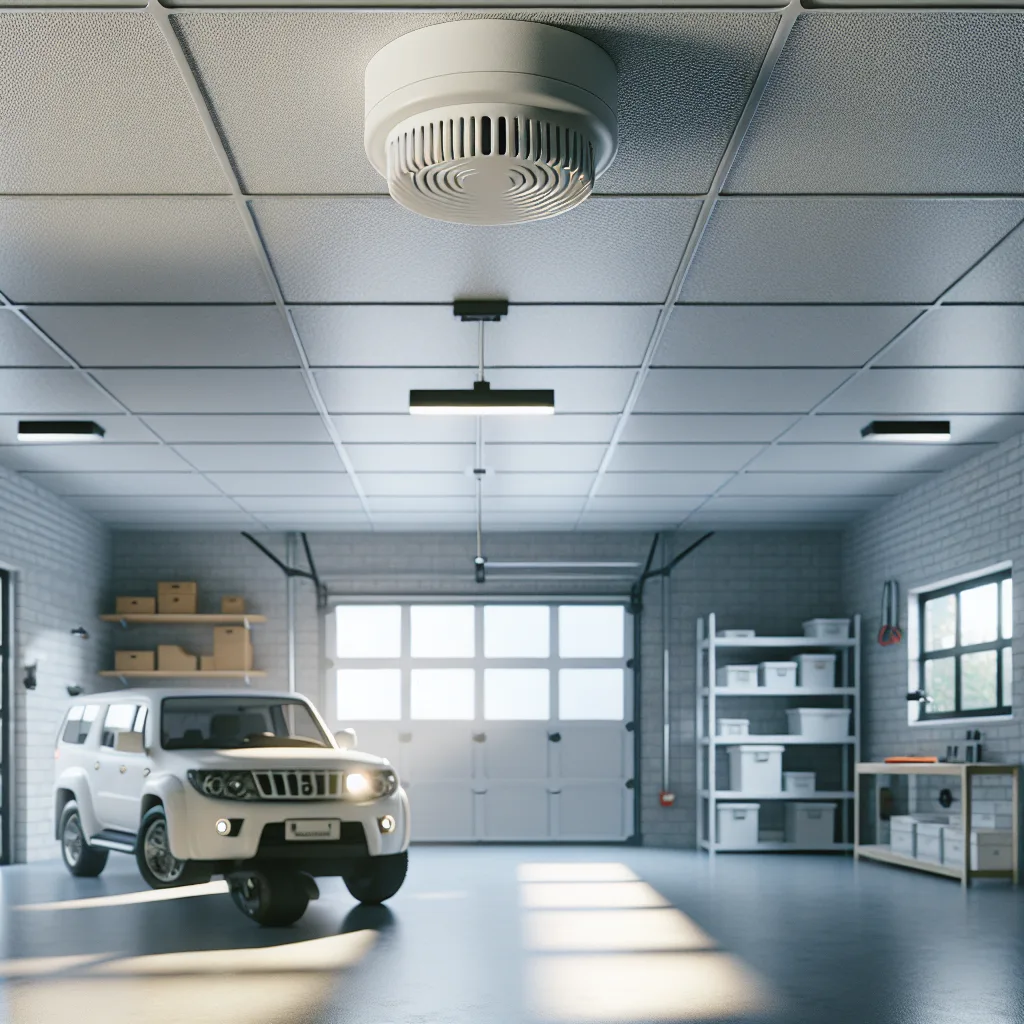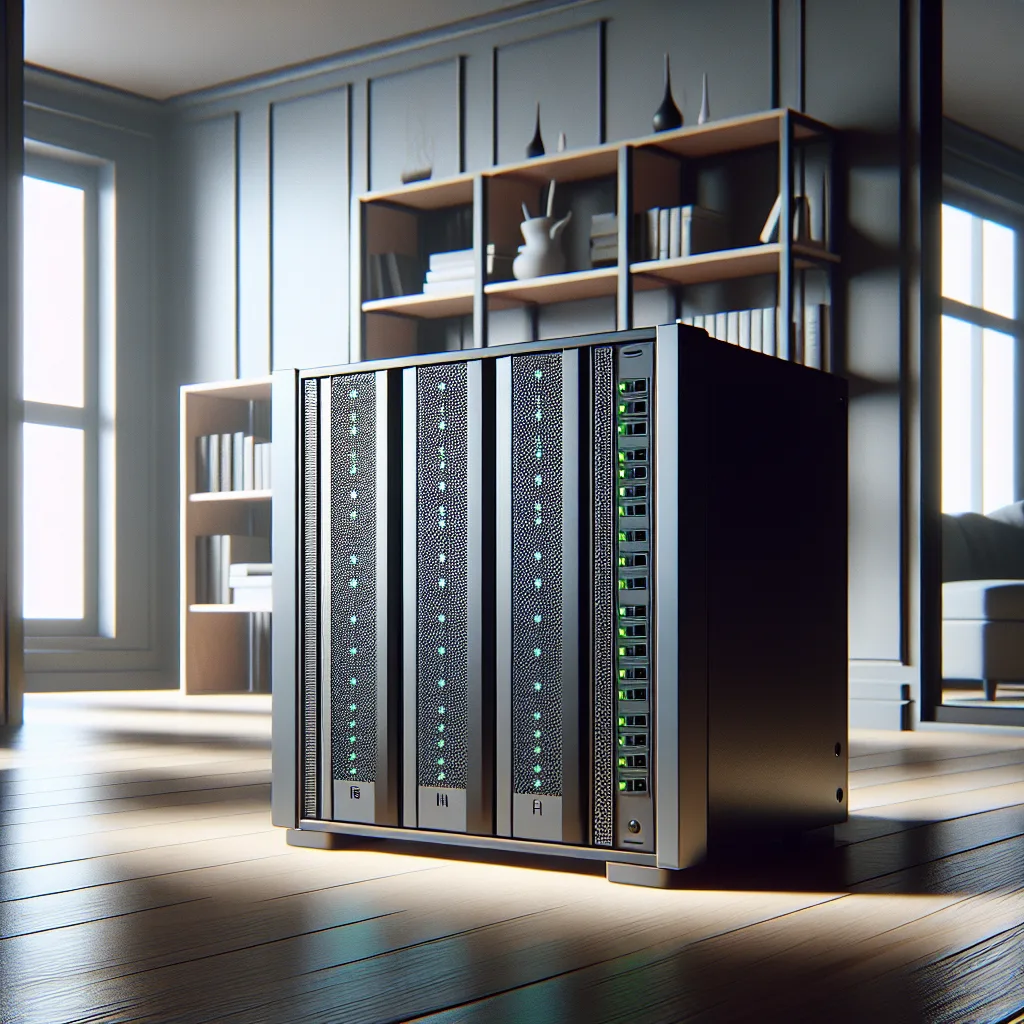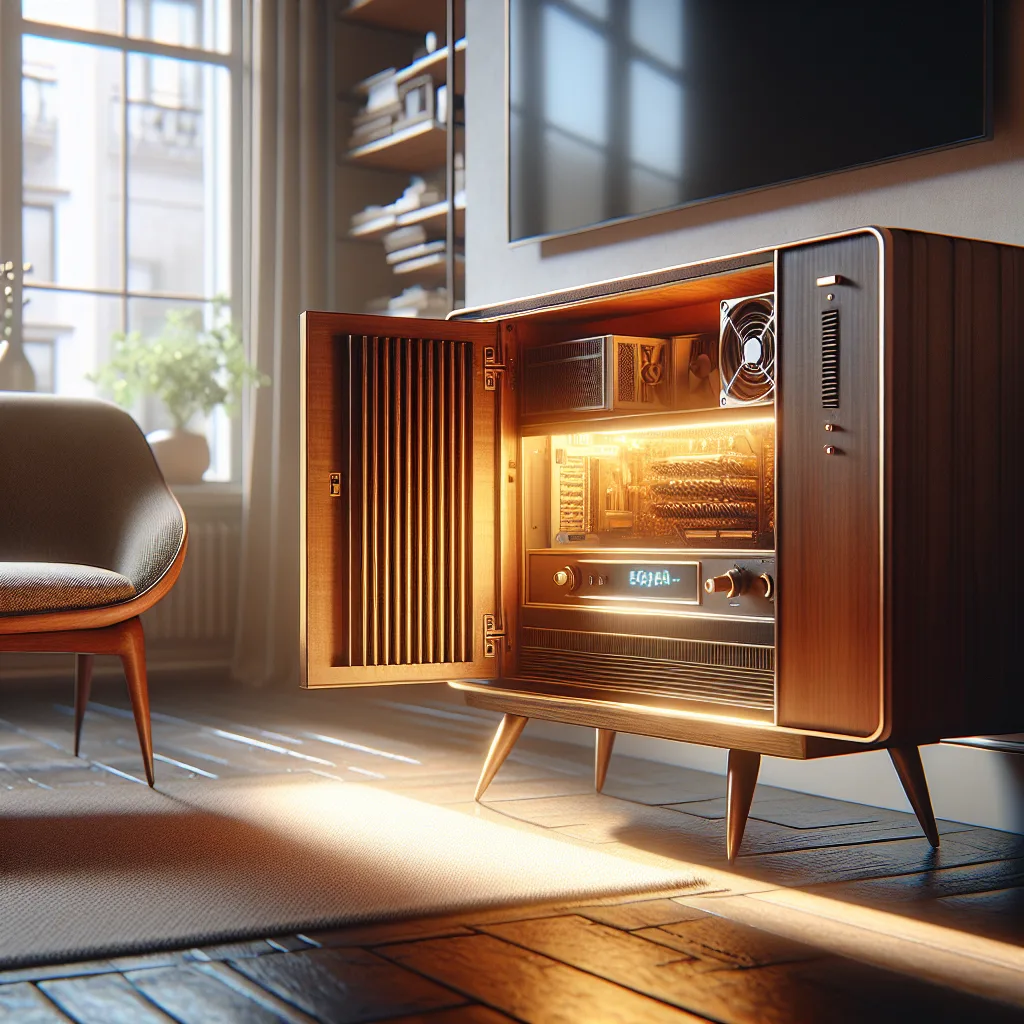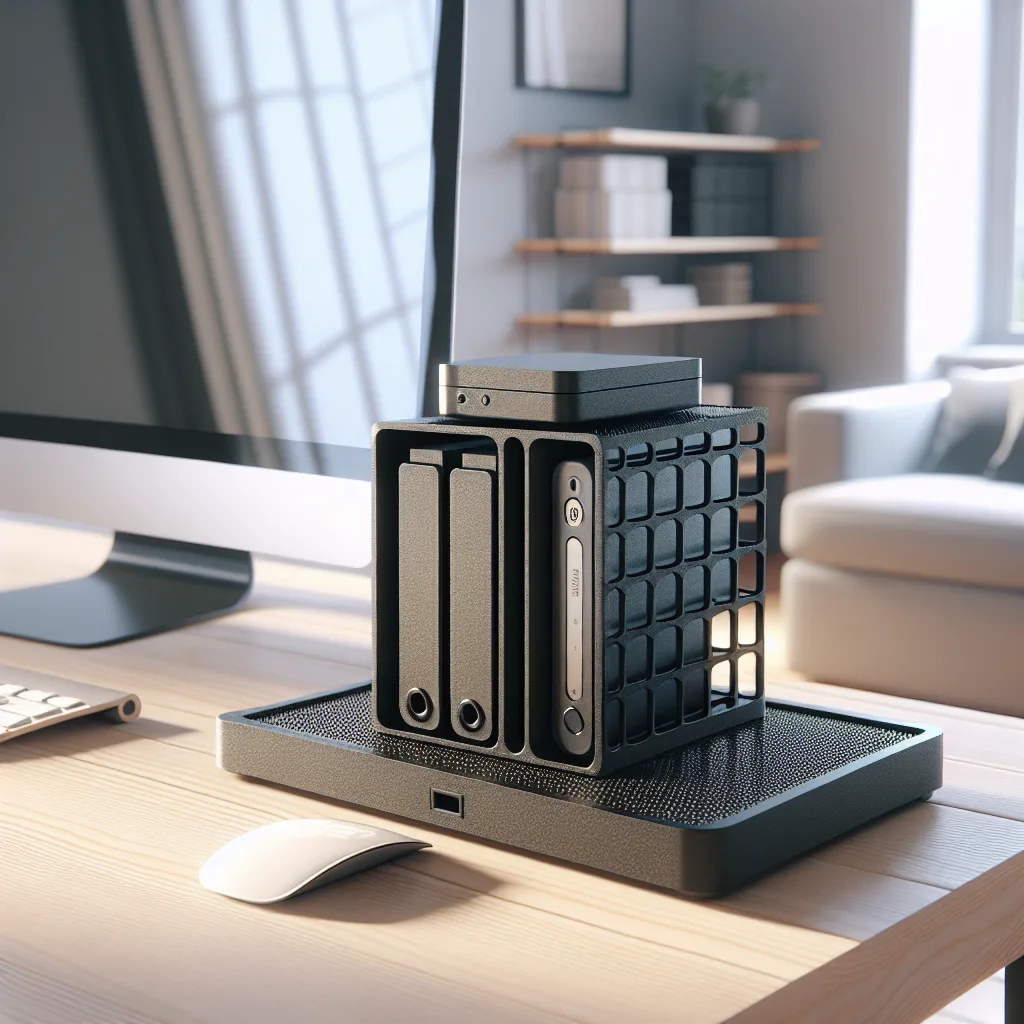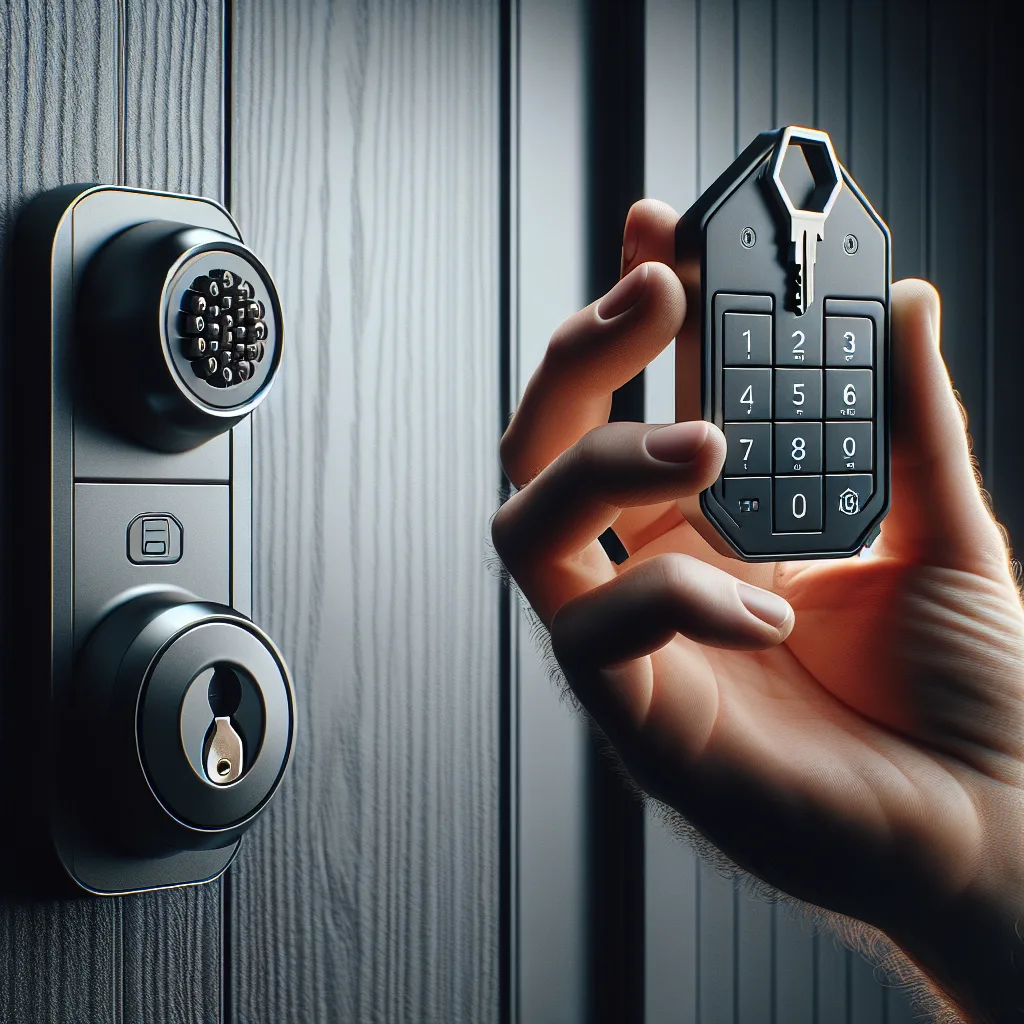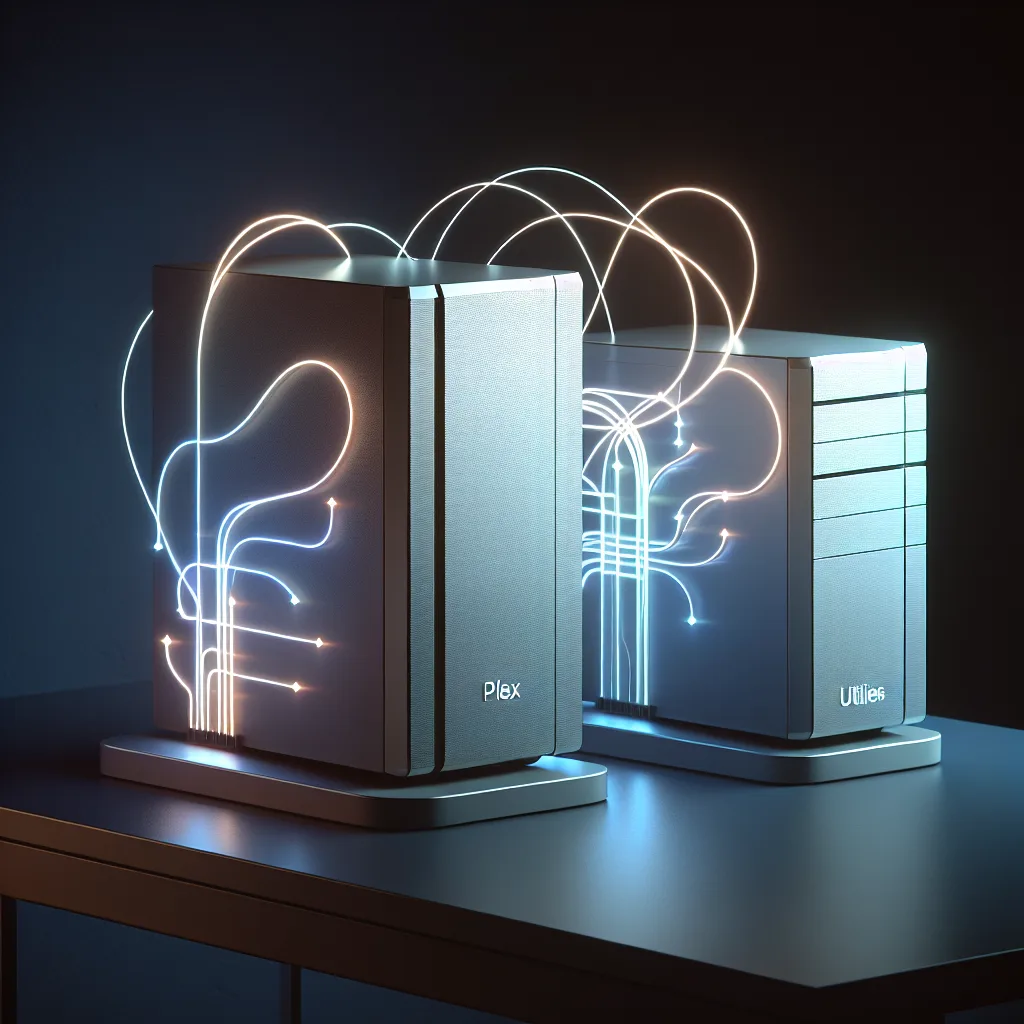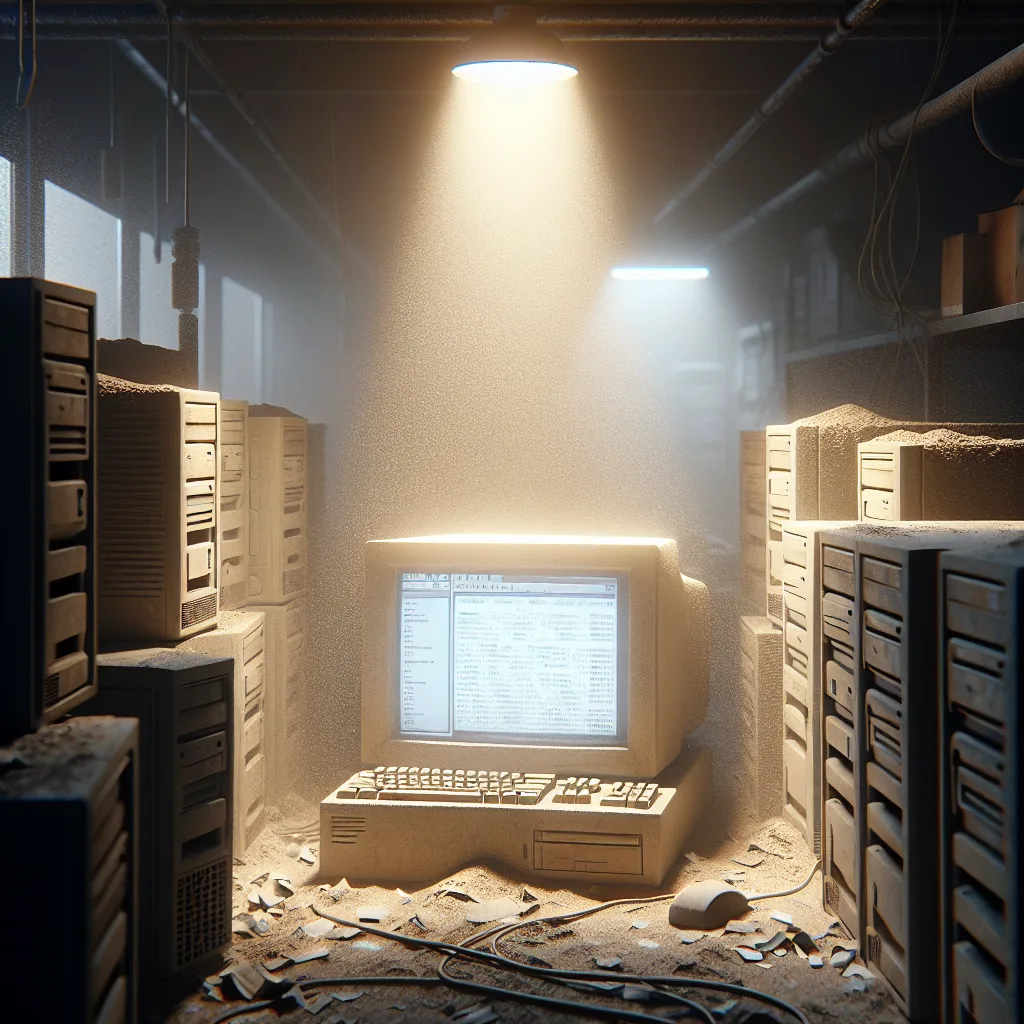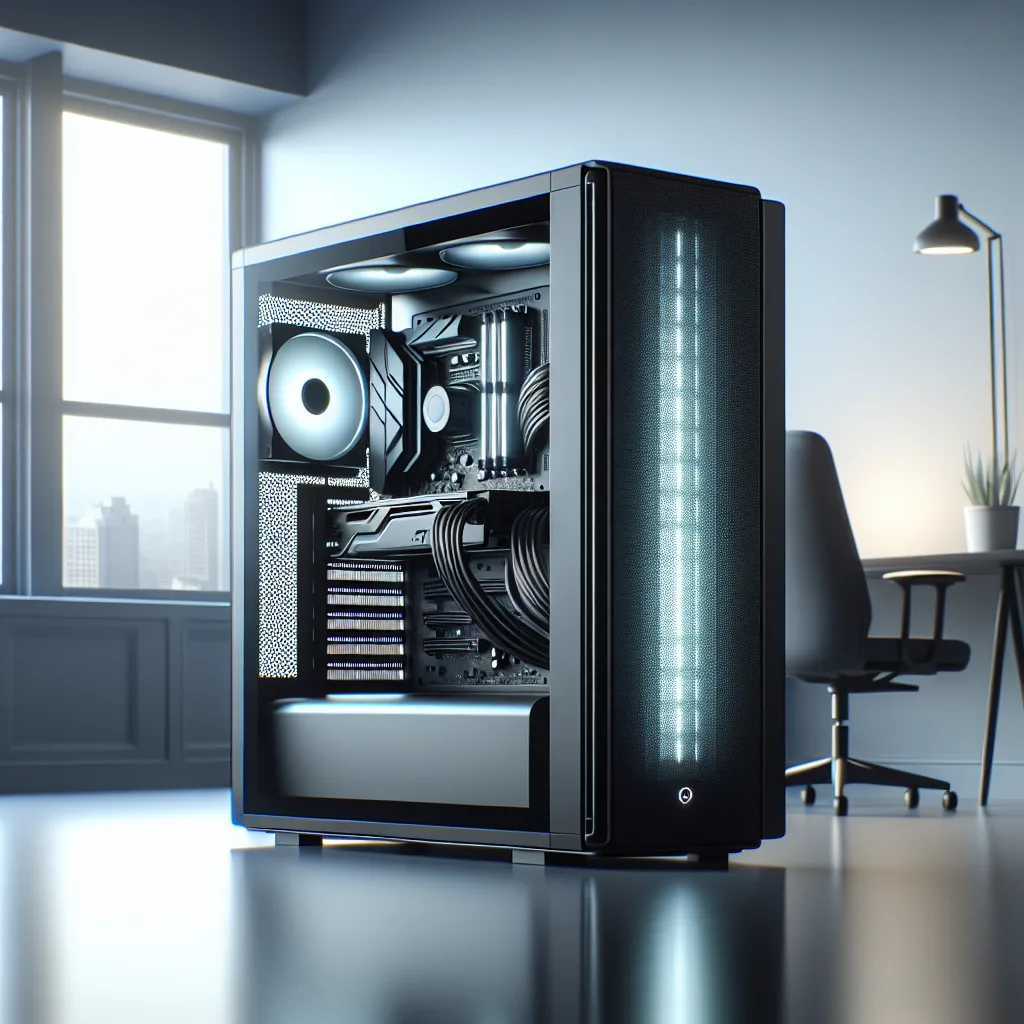Looking for a short-depth rackmount JBOD or DAS for your home lab? Explore the pros and cons of buying a pre-built unit versus building your own.
I found myself nodding along to a question someone asked online the other day. It’s a problem I’ve run into myself, and it’s one of those things that seems like it should be simple, but it really isn’t.
The gist was this: “Does a short-depth, rack-mountable case for a bunch of hard drives even exist?”
They were looking for something that could hold around 16 hard drives but wouldn’t stick out the back of a shallow server rack—those 18-inch deep ones common for home networking or audio gear. It’s a classic home lab dilemma. You want to add a ton of storage, but you don’t have a massive, enterprise-grade rack that can fit a 30-inch deep server chassis.
So, you start searching. And you quickly discover two things:
1. The options are surprisingly limited.
2. The options you do find are outrageously expensive.
Let’s talk about why this is such a tough spot to be in and what you can actually do about it.
The Problem with “Off-the-Shelf”
When you look for a pre-built solution, often called a DAS (Direct Attached Storage) or JBOD (Just a Bunch of Disks) enclosure, you’ll see names like QNAP, Synology, or TerraMaster. They make some beautiful, high-quality gear.
But they are pricey. Often, shockingly so.
Why? Because you’re not just buying a metal box. These units are turnkey solutions. They come with their own redundant power supplies, controller cards, cooling systems, and the support and warranty to back it all up. They are designed for small businesses or prosumers who need a plug-and-play system that just works. You’re paying for convenience and reliability, not just the hardware itself.
For a lot of us building a home lab, paying thousands for an empty enclosure just feels wrong. We’re used to getting our hands dirty, finding deals on used parts, and building things ourselves. Which leads us to the other path.
The DIY Path: Building Your Own Short-Depth DAS
If the pre-built options feel out of reach, you’re not out of luck. You’re just entering DIY territory. Honestly, this is where the fun begins, and it’s almost always cheaper.
Building your own short-depth DAS isn’t as intimidating as it sounds. It breaks down into a few key components.
1. The Chassis
This is the most important piece of the puzzle. You need a rack-mountable server chassis that is 18 inches deep or less. This is the “short-depth” part. You’ll also want one that has a lot of drive bays—like 8, 12, or even 16 hot-swap bays for 3.5″ drives.
You’ll have to do some digging here. Look for 3U or 4U cases, as they have the height needed for multiple rows of drives. Sites like ServerCase.com or even eBay and AliExpress can be gold mines. Search for terms like “short-depth server chassis” or “4U ITX case.” Just be prepared to triple-check the dimensions before you buy.
2. The Backplane
A hot-swap chassis will come with a backplane. This is a circuit board at the back of the drive cage that all the hard drives plug into. It simplifies everything. Instead of running 16 separate power and data cables, you just have a few main connectors on the backplane. It’s the magic that makes a clean, multi-drive setup possible. Most use standard SATA connectors or, more commonly, SAS connectors (like SFF-8087 or SFF-8643) that bundle four SATA connections into one cable.
3. The Power Supply
You don’t need anything crazy here. A standard, reliable ATX or SFX power supply from a brand like Corsair or Seasonic will do the job perfectly. Just make sure it has enough SATA power connectors to feed your backplane.
4. The “Brain” (or lack thereof)
This is what makes a DAS different from a NAS (Network Attached Storage). A NAS is a standalone computer. A DAS is just a “dumb” box of drives that attaches to another computer.
To make this work, you need two things:
- Inside your DIY DAS: You need a way to connect all the drives to an external port. This is usually done with a SAS Expander card. It takes all the connections from the backplane and funnels them into one or two external SAS ports. Think of it as a USB hub, but for hard drives.
- Inside your main server: You need a Host Bus Adapter (HBA). This is a PCIe card that gives your server the external SAS port needed to talk to your new drive enclosure. A used LSI card from eBay, flashed to “IT Mode,” is the go-to for the home lab community.
You connect the two with a simple external SAS cable (like an SFF-8088 or SFF-8644 cable), and suddenly your main server sees all 16 drives as if they were plugged in directly.
Is It Worth It?
So, back to the original question. Does a short-depth, 16-bay JBOD exist?
Yes, but probably not in the way most people hope. The affordable, easy, off-the-shelf option is mostly a myth.
Instead, you have a choice:
* Buy: Spend a lot of money on a polished, pre-made unit for a plug-and-play experience.
* Build: Spend some time and effort to create a custom solution that perfectly fits your rack and your budget.
For me, the answer is almost always to build. It’s more rewarding, you learn a ton, and you end up with a system you know inside and out. It might seem like a hassle, but the hunt for the perfect parts is half the fun.
